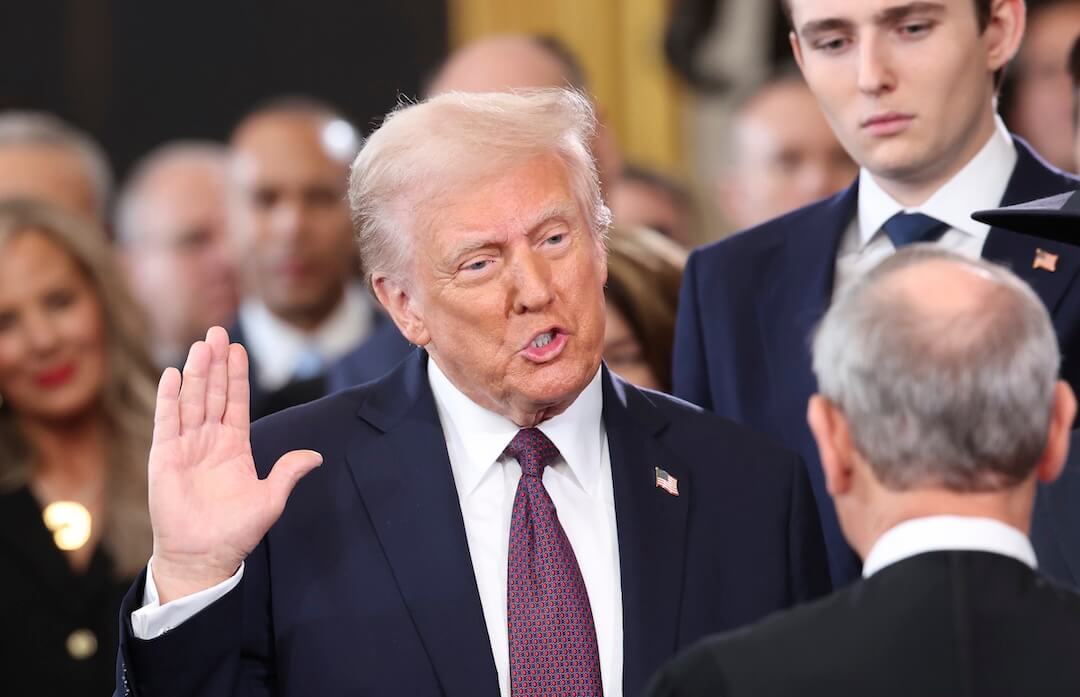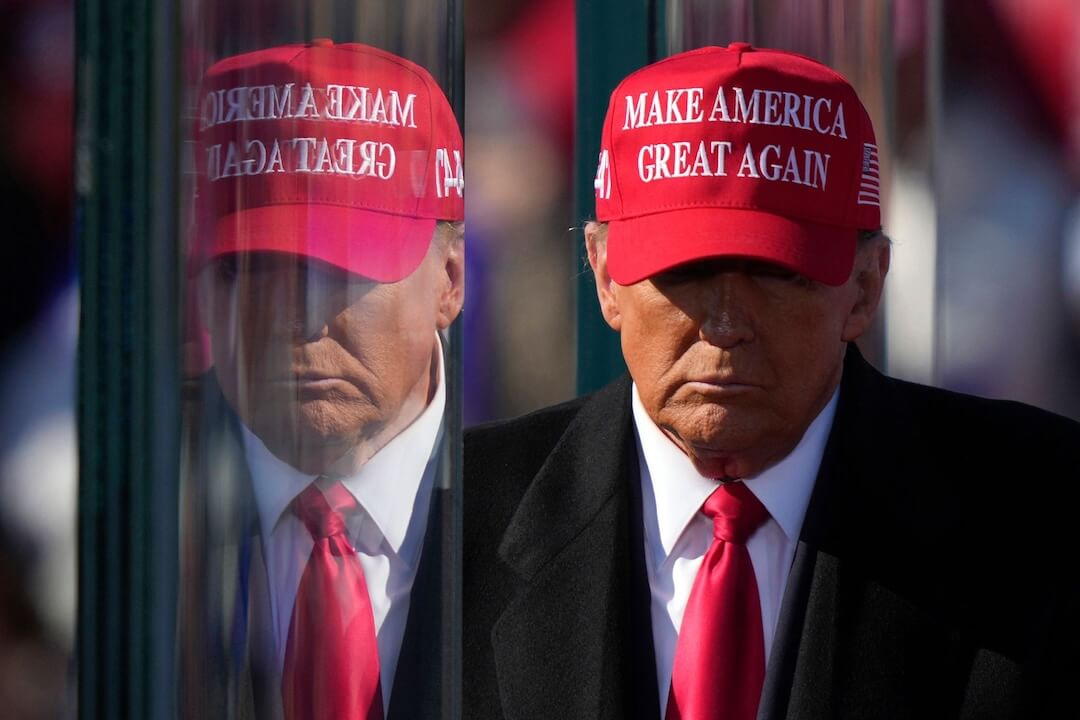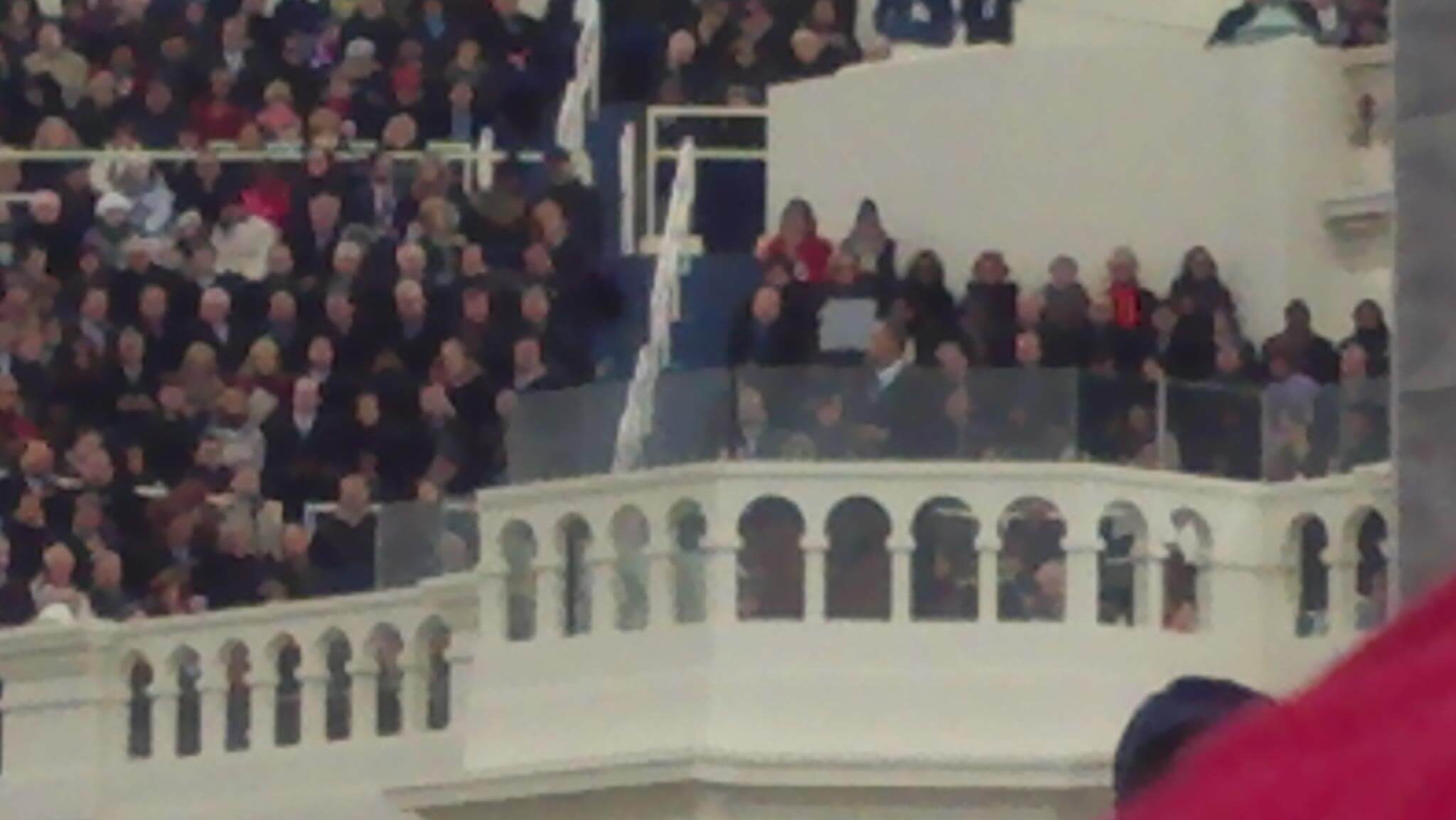On February 8, The New York Times published John Broder’s account of his drive from the Washington, D.C., area to Milford, Conn., in a Tesla Motors Model S. The trip, he said, required him to shut off the heat, go slowly and once engage the services of a tow truck. “If this is Tesla’s vision of long-distance travel in America’s future, I thought, and the solution to what the company calls the ‘road trip problem,’ it needs some work,” Broder wrote. A timeline of what followed:
Feb. 11: Tesla honcho Elon Musk calls b.s.:
NYTimes article about Tesla range in cold is fake. Vehicle logs tell true story that he didn’t actually charge to max & took a long detour.
— Elon Musk (@elonmusk) February 11, 2013
Feb. 12: Broder defends his story, says Musk “called me on Friday, before the article went up on the Web, to offer sympathy and regrets about the outcome of my test drive.” Says he’s up for another test drive.
Feb. 13: Musk writes a graph-dotted post challenging many points in Broder’s narrative.
Musk also cited a previous article in which Broder wrote “the state of the electric car is dismal” as proof of his bias.
Feb. 14: Don’t act so shocked, Mr. Musk (sorry): “Accurate quote, inaccurate portrayal,” Erik Wemple writes in The Washington Post. He finds the earlier Broder piece “balanced.”
The author of the rant against Broder, Musk, argues that in allowing Broder to test-drive the Model S, the company “let down the cause of electric vehicles.” Those words are a missionary’s, an advocate’s, and they’re evidence of a mind-set that interprets inconvenient facts as “disdain” or bias or worse.
Feb. 14: Jalopnik’s Patrick George interviews the towing company Broder used after his test car went kaput. Musk claimed the car’s “battery never ran out of energy at any time, including when Broder called the flatbed truck.” A representative of the towing company says the driver had to call someone at Tesla “about how to get it out of gear, it was so dead.”
Feb. 14: Broder promises a response to Musk on the Times’ Wheels blog, as does Times Public Editor Margaret Sullivan. Broder’s agreed to an interview with her; Musk has not replied, she wrote.
I eventually intend to ask him to fully release and “open source” the driving logs, along with whatever other data might be necessary for better understanding and interpretation.
Feb. 14: Broder replies to Musk on the Wheels blog. “His broadest charge is that I consciously set out to sabotage the test,” the reporter writes. “That is not so.” He goes point-by-point through Musk’s arguments and notes that he made “about a dozen calls to Tesla personnel expressing concern about the car’s declining range and asking how to reach the Supercharger station in Milford, Conn.,” and that he followed their instructions.
Feb. 14: “Broder may not have used Musk’s car the way Musk would like,” Rebecca Greenfield writes in an Atlantic Wire that looks at the CEO’s claims, “but Musk is, for now, overhyping his case for a breach of journalism ethics.”
Feb. 14: The Times’ Sullivan updates her post to say she’s “tried two more times to reach Mr. Musk, to no avail.” She tried to reach him via Twitter, too. Friday morning Sullivan tweeted that Musk’s office called her back and they plan to talk.
Feb. 15: The Tesla-Times argy-bargy “misses the larger point,” Bryan Walsh writes in Time.
Even if Tesla is mostly right that Broder didn’t operate his Tesla S for maximum efficiency, the reality is that electric cars—even ones that can supposedly get 300 miles to a charge—aren’t ready to drive long distances.
Feb. 15: Tesla tells the Post’s Wemple that Musk’s Feb. 13 post “would be its final statement” in this affair. “If Tesla doesn’t make it as a car company, perhaps it has a future in annotated polemico-forensic graph-making,” he suggests.
Feb. 15: CNN’s Peter Valdes-Dapena drove from Washington to Boston in a Tesla Model S and had considerably more success, he reports. For one thing, no flatbed trucks were necessary. “There were some differences with my ride and the one from the New York Times,” Valdes-Dapena writes. “The weather for mine was about 10 degrees warmer. And I did mine in one day; the reviewer from the Times split it into two.”
Poynter will update this timeline as more datapoints become measurable.
Quick zaps: Five important lessons from the dustup over the NYT’s Tesla test drive (GigaOM) | Tesla tears down NYT Model S review with car’s own logs (SlashGear) | Who’s Lying: Tesla or the New York Times? Maybe Neither. (Slate)







Comments